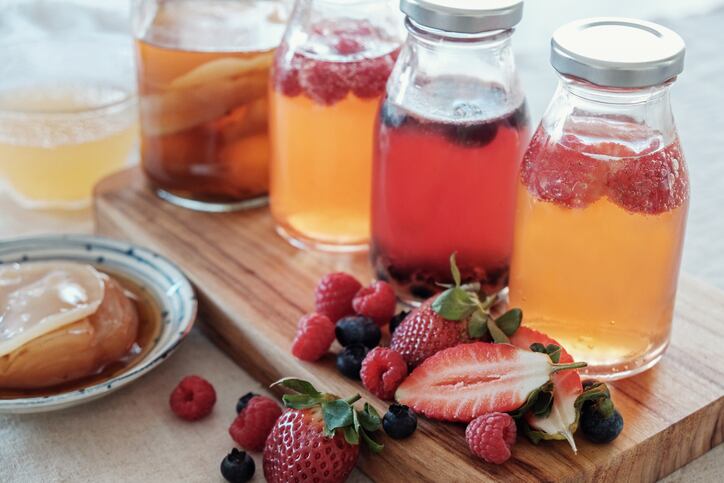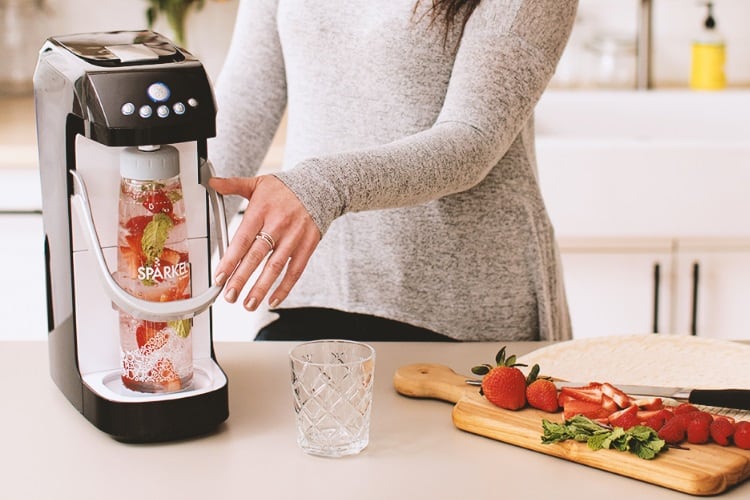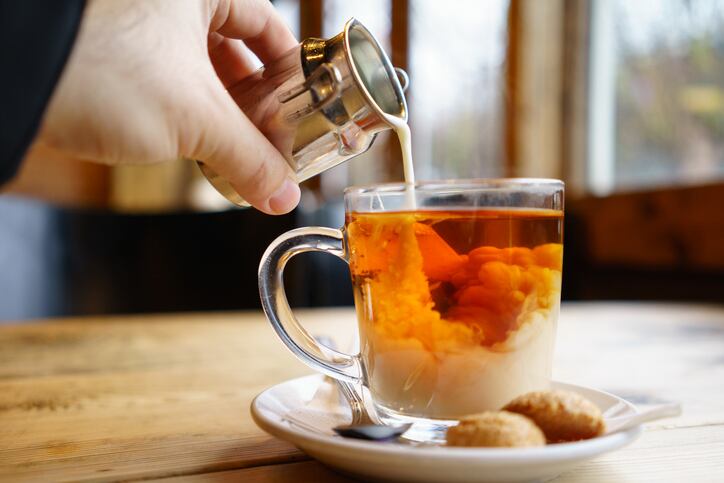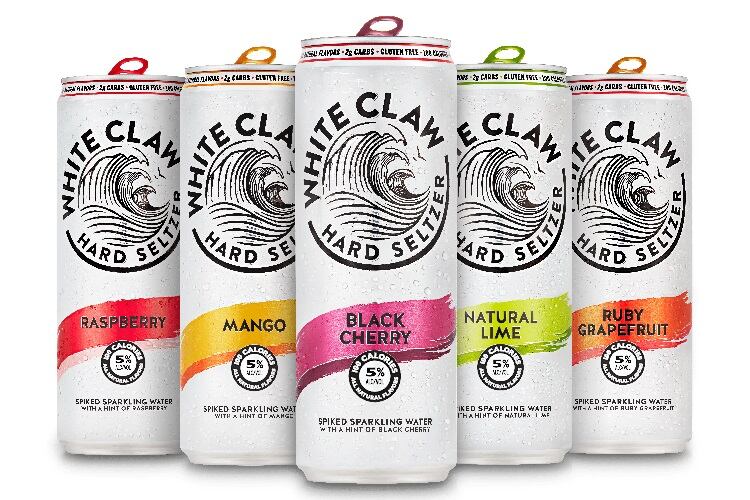‘The Next Wave in Tea’ details what companies are doing to stay competitive in the industry and what’s to come, with a compilation of essays from leaders in the tea community set to speak at the 2019 World Tea Expo.
The rise of private label
About 80% of all global tea is purchased through grocery stores and supermarkets, according to the World Tea Expo, and private brand teas are expected to significantly affect the future of tea purchases.
In Europe, 40% of grocery and retail purchases are now private label, and the US is on pace to mirror this trend.
The tea industry has struggled with the disappearance of national brands that have fallen behind on innovation and relied on out-of-date strategies. As consumers move away from well-known traditional brands, there's a place for private label to step into the gap.
Culinary occasions and kombucha
Bubble tea and cheese tea have been growing over the last few years, and are expected to continue gaining market share worldwide through 2023. RTD teas like Kombucha and wellness tea blends will also keep growing.
The global kombucha market is estimated to be worth more than $1.2bn, according to the World Tea Expo, and expected to reach $5.25bn by 2025. On the horizon, Alex LaGory of KombuchaKamp.com anticipates more launches of CBD-infused kombucha, and hard kombucha.
The latter involves adding higher alcohol yeasts to create kombuchas with 3%-8% ABV. Producers are also playing with kombucha packaging, and switching from bottles to cans to lower transportation costs and add convenience.
Tea is also taking on bigger roles out-of-home and outside cafes. Tea and food pairings are more common, and tea-infused foods are available on more menus.
According to Sharyn Johnston of Australian Tea Masters, there is also major opportunity for tea in bar and restaurant settings--teas on tap, alcohol-inspired blends and tea cocktails, and tea served in different ways, like in a wine glass. Alternate brewing methods traditionally used with coffee are also being explored by baristas for tea.
Adapting to taste and structure
With consumer interest in clean labels, natural ingredients and transparent supply chains, the tea industry is starting to adapt. More information on sourcing, like details of the farm, farmers, farm location and tasting profile notes, are now showing up on tea packaging to educate the consumer.
Tea bags are putting a greater focus on biodegradable fabrics, and atypical shapes like pyramid bags to show the leaf quality. Traditional bags will likely never be fully replaced, but environmental factors and recyclable materials matter more to today’s shoppers than those of the past.
Consumers are constantly searching for products with natural ingredients and new flavors, and often those which also offer a functional benefit.
Even with keeping close to consumer trends, tea still struggles to be a dominant beverage category for the average shopper. It faces steep competition from water, whether plain, sparkling or flavored, and lacks standout innovation. The industry needs to find the right balance between embracing tradition and innovating to stay fresh and relevant to modern consumers.
Tim Smith, the chief leaf at The Tea Smith, points out that not all companies in the tea business have flourished. He believes successful tea companies need a solid business plan and business model, critical in the ‘dynamic marketplace.’
“Companies that will survive and flourish 10-20 years or more must continue to adapt in response to changes in consumer tastes, market structure and the regulatory environment,” Smith said.




